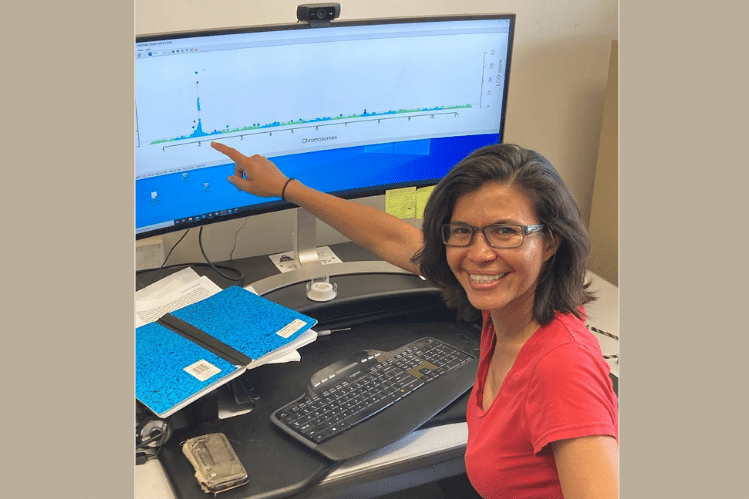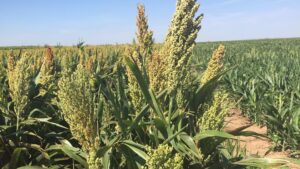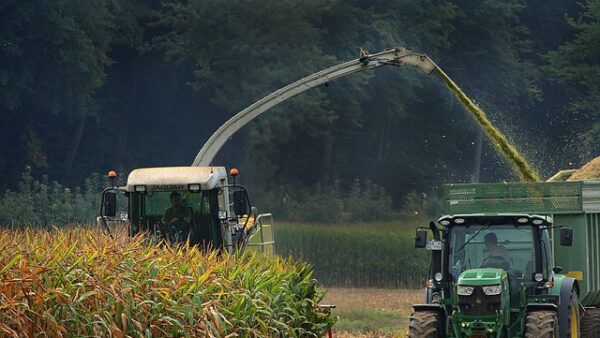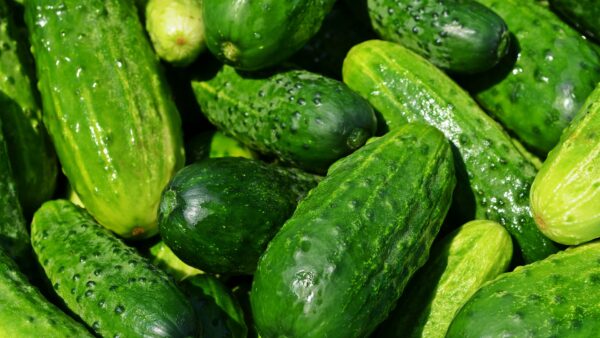This discovery could pave the way for developing crop varieties with enhanced resistance to environmental stresses.
Waterhemp is a nuisance for any crop producer, but in snap bean fields, the weed’s stem segments can break off during harvest, contaminating the crop with inedible look-alike “pods.” Snap bean is harmed by many of the herbicides registered for waterhemp, leaving producers with few chemical solutions, according to a recent news release.
A new study from the University of Illinois Urbana-Champaign and the U.S. Department of Agriculture Agricultural Research Service (USDA-ARS) identifies snap bean germplasm that can withstand flumioxazin, a soil-applied herbicide effective against waterhemp. Furthermore, the genomic region responsible for that tolerance seems to act as a master switch controlling multiple stress tolerance genes.
“Stress tolerance is the orchestration of many different genes in response to different environmental stimuli, so trying to enhance general stress tolerance can be complex and difficult for plant breeders. But now we think breeders can manipulate this one gene and control hundreds of others. That’s really exciting,” said lead study author Ana Saballos, ORISE Established Science Fellow in ARS and research affiliate in the Department of Crop Sciences, part of the College of Agricultural, Consumer and Environmental Sciences at Illinois.
Saballos and her collaborators tapped into a diversity panel of 377 snap bean genotypes representing a century of improvement for the crop. The team planted seeds from the diversity panel and treated the soil with flumioxazin a day later. Although the herbicide decreased plant density by 84% and reduced per-plant biomass by almost 60%, the researchers were pleased to find some genotypes survived practically unscathed.
When they analyzed the inner workings of all 377 snap bean types, the researchers found a genomic region on chromosome 2 that was clearly related to flumioxazin tolerance.
“It was like an on-and-off switch: survival or not,” ARS ecologist and affiliate professor in the Department of Crop Sciences Marty Williams said in the release.
Such a clear switch would be expected if the herbicide’s specific enzyme target (protoporphyrinogen oxidase, PPO) had mutated in tolerant plants. In that case — a phenomenon known as target site resistance — the herbicide could not bind to the mutated PPO enzyme to change its activity. But the researchers didn’t find the gene for PPO in the genome region associated with herbicide tolerance.
“Target site resistance is usually what’s happening when you see that on-and-off response. So, it was a surprise the region associated with tolerance was not near either of the known PPO enzyme locations,” Saballos said. “We also looked for enzymes we expected might be detoxifying the herbicide — including a class of enzymes called P450s — but we didn’t find genes for any of those. We had to take another approach.”
Next, the team looked at gene expression in the tolerant and sensitive plants. Although they didn’t find P450 genes themselves in the genome region, these enzymes were expressed at higher rates in tolerant plants. Saballos thinks some mystery element — possibly a transcription factor — in the genome region of tolerant plants may control the activation of P450 genes across the rest of the genome.
Certain antioxidants were also expressed at higher rates in tolerant plants, while genes related to apoptosis — a process Saballos calls “cell suicide” — were expressed at lower rates.
The researchers say the overall pattern of gene expression wouldn’t just explain tolerance to flumioxazin; it could influence plant responses to myriad types of environmental stress.
“Ultimately, we set out to determine if flumioxazin could selectively control waterhemp in snap bean. Unfortunately, there is insufficient tolerance to the herbicide in most snap bean cultivars,” Williams said. “However, the existence of a single element able to regulate the expression of a large number of genes involved in stress tolerance is exciting and of high interest for basic science and applied crop breeding.”
The study, “Mapping of flumioxazin tolerance in a snap bean diversity panel leads to the discovery of a master genomic region controlling multiple stress resistance genes,” is published in Frontiers in Plant Science [DOI: 10.3389/fpls.2024.1404889]. Authors include Ana Saballos, Matthew Brooks, Pat Tranel, and Marty Williams. The research was supported by the USDA Agricultural Research Service and the Oak Ridge Institute for Science and Education.










